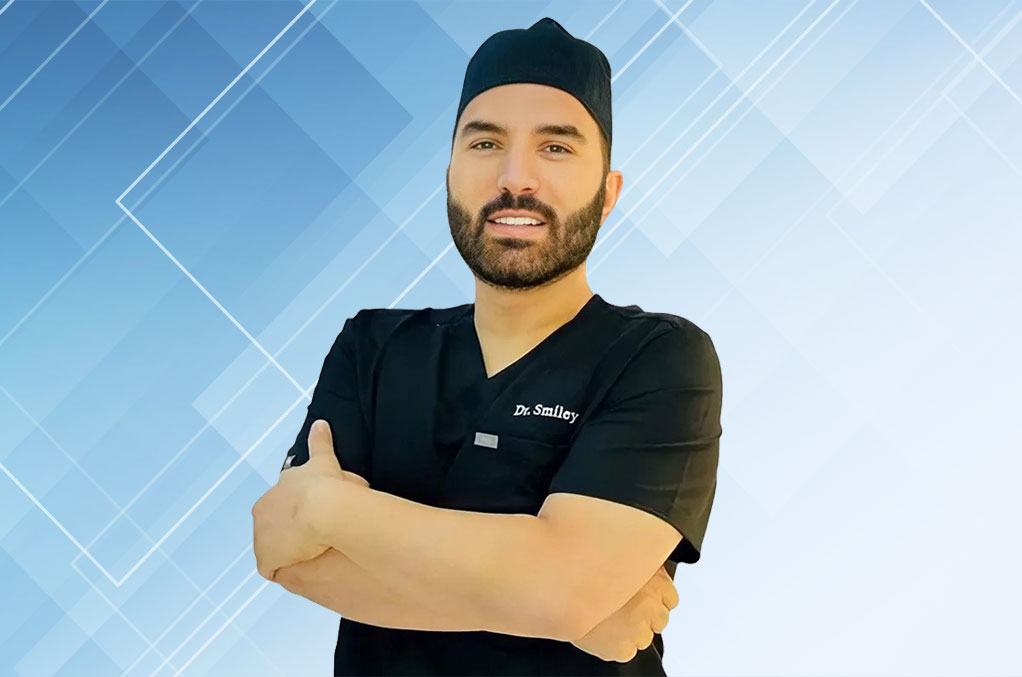A deviated septum is a condition that arises when the structures separating the nasal cavity are off-center, affecting the airflow between the nostrils. This condition can cause breathing difficulties, nasal congestion, snoring, headaches, and sleep apnea. While some people have this condition from birth, others may develop it due to injury. For those experiencing severe symptoms, deviated septum surgery, or septoplasty, can be a life-changing procedure that improves breathing and overall quality of life. Read and know all about the success rate of this surgical process.
Need for Deviated Septum Surgery
Deviated septum surgery becomes necessary when symptoms interfere with daily functioning. Breathing difficulties, especially through one nostril, chronic sinus infections, nasal congestion, and sleep-related issues like snoring or obstructive sleep apnea can significantly impact a person’s health. When non-surgical treatments such as nasal sprays, decongestants, or antihistamines fail to alleviate these symptoms, doctors often recommend septoplasty.
Septoplasty involves reshaping or repositioning the bone and cartilage to create a more symmetrical nasal cavity, improving airflow and reducing blockages. In some cases, the surgery is combined with other procedures, like turbinate reduction, to further improve breathing.
Success Rate of Deviated Septum Surgery
The success rate of septoplasty is generally high, with around 85% of patients reporting major improvements after undergoing the operation. Often, they notice fewer sinus infections, improved breathing, better sleep quality, and reduced nasal congestion.
For most patients, septoplasty substantially improves breathing through the nose, significantly enhancing their quality of life. The recovery period is typically short, with most individuals returning to work or daily activities within a week and experiencing full recovery within one to two months. Revision surgeries are rare, as most patients experience long-lasting benefits from the procedure.
However, it is important to note that while the success rate is high, around 15% of patients may not experience a big change in their condition. Factors such as pre-existing conditions, the complexity of the deviation, and post-surgical care can influence the outcome.
Also Read:
Best Celebrity Nose Jobs: List Of Celebs Who Transformed Their Noses
Aesthetic and Functional Benefits of Nose Reshaping Surgery
What Is Open Rhinoplasty? Know All About It
Possible Risks and Outcomes of Deviated Septum Surgery
Though septoplasty is considered a safe and low-risk procedure, like any surgery, it carries certain risks. The most common risks include:
Infection
While infections are rare, the nasal cavity is not sterile, which increases the risk of post-surgical infection. Proper care and hygiene during recovery help mitigate this risk.
Numbness
Temporary numbness in the front teeth or upper lip can occur due to nerve involvement but typically resolves after a few weeks.
Bleeding
Some bleeding is normal during or after the surgery. However, excessive bleeding is rare and may require additional intervention.
Changes in taste or smell
Some patients experience changes in smell or taste senses after surgery, although this is usually temporary.
Septal perforation
At times, there can be a tiny hole in the septum, potentially resulting in breathing problems, whistling sounds when inhaling, or recurring nosebleeds. In rare cases, further surgery may be required.
Persistent symptoms
A small number of patients may find that their breathing problems, congestion, or other symptoms persist after surgery.
Proper consultation with a specialist and following post-surgery care instructions can significantly reduce these risks.
Also Read:
What Makes Dr. Smiley The Top Choice For Rhinoplasty In Beverly Hills
Bulbous Nose Rhinoplasty – Procedure, Recovery And More
Difference Between Septoplasty and Rhinoplasty
Who Can Go For Deviated Septum Surgery?
Anyone experiencing moderate to severe symptoms from a deviated septum that impacts breathing, causes recurrent sinus infections or leads to sleep disturbances may be a candidate for septoplasty. It is especially recommended for individuals whose nasal obstruction affects their daily life and well-being.
Before recommending surgery, doctors will typically explore non-surgical treatments, such as medications or nasal sprays, to manage symptoms. If these treatments fail, septoplasty becomes the next option. Additionally, individuals with structural abnormalities such as nasal polyps or enlarged turbinates, which contribute to breathing difficulties, might also benefit from the surgery.
A comprehensive evaluation by an ENT specialist or a board-certified plastic surgeon is essential before deciding on surgery. The evaluation typically includes a physical examination, a review of medical history, and possibly imaging studies to assess the extent of the septal deviation and identify other contributing factors.

Have additional questions?
We’re here to help. Let’s talk.
Bottom Line
Deviated septum surgery, or septoplasty, is a highly effective solution for individuals suffering from the symptoms of nasal obstruction. While the procedure is generally safe, with a high success rate of approximately 85%, you must be aware of potential risks and have realistic expectations regarding the outcome.




